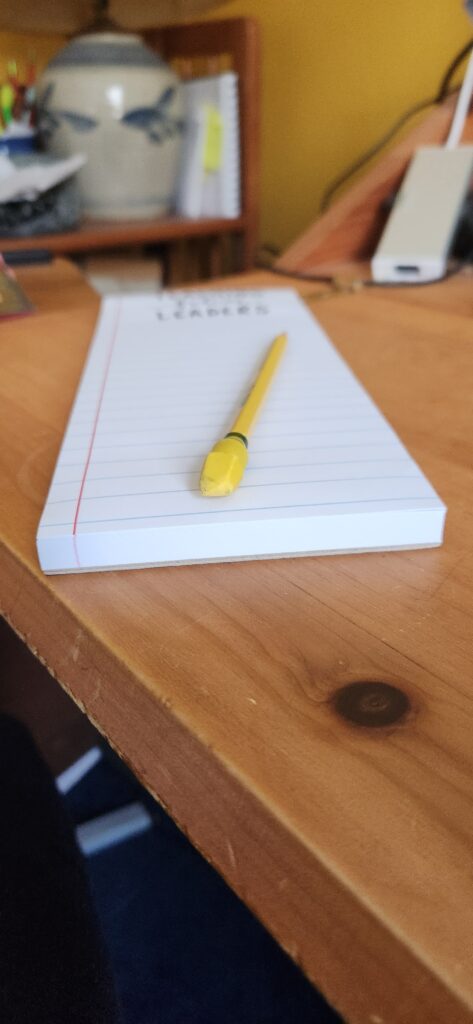When you were younger, if you had some kind of phonics-based reading instruction, you were probably asked to decode nonsense words. The teacher gave you a word like plish or phake or blert and asked you to decode it. The reason for this was to determine whether or not you understood syllable types and sound-letter or sound-digraph relationships well enough to determine the pronunciation of the words.
What the teacher didn’t ask you to do was define the words.
On her Substack, Natalie Wexler wrote something about the NEAP scores that I realize has been bothering me about the high school level English Language Arts standardized tests I’ve looked at recently. (I’ve looked at the samples from the VTCAPs, which are the tests we use in Vermont.) At the high school level in Vermont, students are given fiction and nonfiction passages to read, and then they’re asked a series of questions about these passages. While the nonfiction passages are self-contained articles, they may or may not be about subjects that students are familiar with. The fiction passages tend to be from older classic texts, by writers like Edith Wharton, though not necessarily from texts students will have studied. In the samples I’ve looked at, the syntax of the sentences tends to be complex, and there are a lot of domain-specific vocabulary words, some of which could be inferred by context clues in the surrounding sentences and some of which couldn’t be.
These tests are labeled reading tests, and the idea, I guess, is that students should be able to read any text thrown at them that’s “at their reading level.” The questions, though, don’t ask if a student pronounces the words correctly, basically decodes them accurately. The questions, of course, are comprehension questions. Do they understand words, phrases, and clauses of the texts well enough to make meaning?
Wexler points out that decoding is really only one element of reading. Students can decode words that they don’t understand, and to understand texts with a lot of vocabulary students don’t encounter in everyday speech, they need background knowledge in addition to decoding skills. They need enough exposure to ideas and information from the disciplines that are the subjects of the texts to determine the overall meanings of the texts, even if they can decode the words. Essentially, what we’re calling reading tests, if we mean phonics and decoding, and what we’re discussing as a failure in reading ability, ignores that we’re also testing background knowledge and comprehension. We’re giving students plish, and they might decode plish accurately, but that doesn’t mean they know what it means. If we’re speaking of older students, we’re testing an understanding of, say, a metaphor, regardless of whether the student has ever been exposed to the elements of the metaphor, regardless of whether they know any of the associations connected to the words in the metaphor.
This is a little like giving an adult who isn’t a lawyer a Supreme Court opinion and then asking them questions about the meaning of the decision. The person may be able to decode all the words, but without a lot of background knowledge about the law generally or any knowledge of the context of the case or the body of law to which the decision pertains, that person is unlikely to understand more than maybe the most basic gist.
Wexler isn’t making the case that students are actually doing better than the test scores reveal. Not at all. She points to scores in science and social studies to make the case that a lack of background knowledge may be where the real problem lies, at least to some degree. Students aren’t exposed to and aren’t learning enough ABOUT things. They aren’t learning enough domain-specific vocabulary and information. Also, the tests themselves, because they’re trying to test reading divorced from earlier understanding, sometimes are created in a way to put the test-taker in the role of someone who many not understand much about what they’re reading, as if reading can be tested apart from what we understand as we sit down to take the test. Which, from current research, isn’t how we actually read and is definitely not how we make meaning from what we read.
Go take a look at the article. It’s a much more nuanced take than we’re generally seeing in news reporting.
